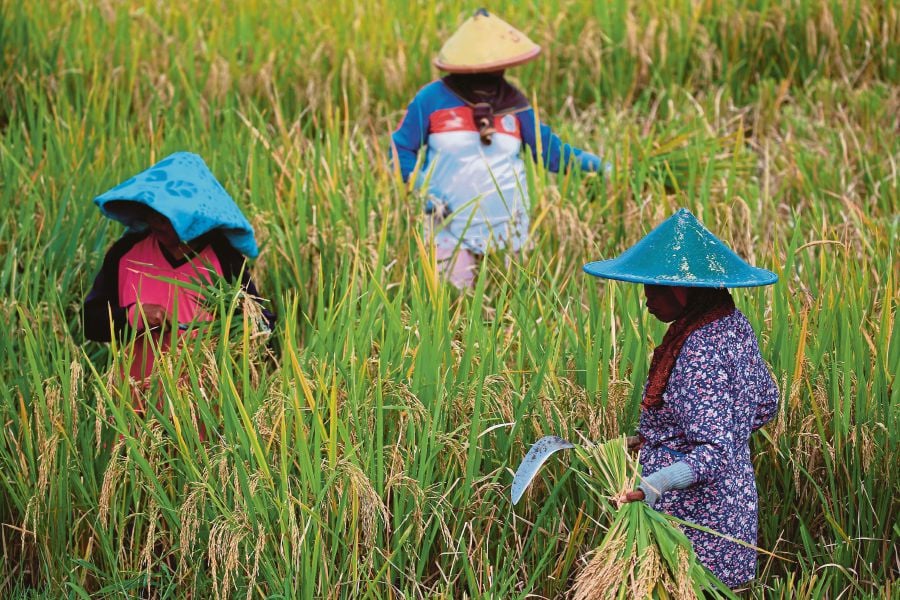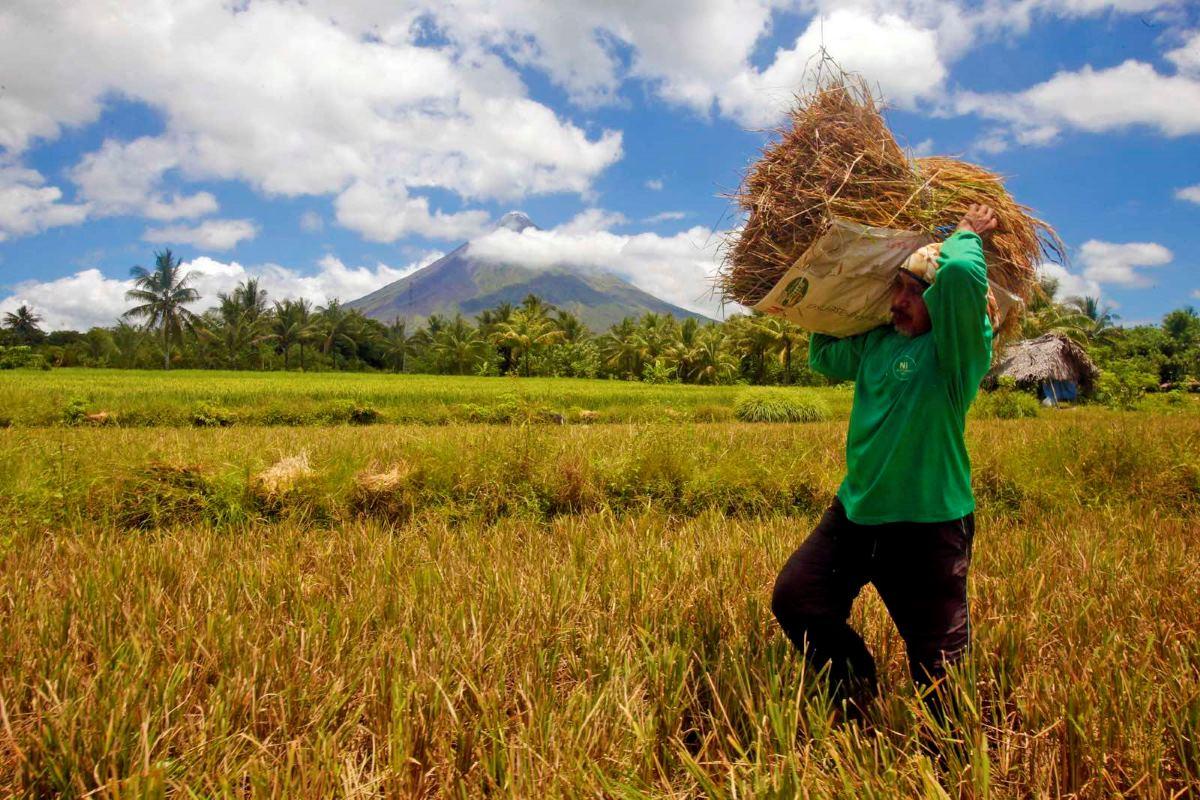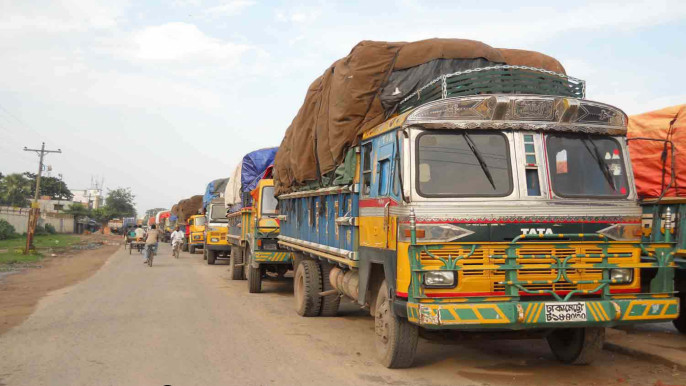Tags
Indonesians struggle with record-high rice prices

It was still pitch-black outside when Indonesian housewife Sutinah made her way to a local police station early one morning last month, hoping to avoid queues and take advantage of a government scheme offering affordable rice. – Reuters file pic
IT was still pitch-black outside when Indonesian housewife Sutinah made her way to a local police station early one morning last month, hoping to avoid queues and take advantage of a government scheme offering affordable rice.
Even though dry weather fuelled by El Nino has led to a rice shortage and sent prices surging to record highs, the 52-year-old from the East Java town of Pasuruan was still shocked to see hundreds of likeminded residents already waiting in line.
“It was already busy by the time we got here, and we still had to queue. We had no other choice because the price of rice in the market is very high,” said Sutinah.
The mother-of-two queued for two hours to buy two 5kg bags of rice for 102,000 Indonesian rupiah — a saving of 50,000 rupiah compared with supermarket and market prices.
Indonesia was self-sufficient in rice in the 1980s before farmland was used to build homes for the booming population, which now stands at more than 270 million people.
Despite this, more than 90 per cent of Indonesian families still consume rice every day, which provides more than half their daily calories.
The Southeast Asian nation’s per capita annual rice consumption stands at 95kg — much higher than the average yearly consumption of other carbohydrates, said Rajendra Aryal, the Food and Agriculture Organisation’s representative in Indonesia and Timor-Leste.
Last year was relatively hot due to the El Nino weather pattern, and a prolonged dry season in parts of Indonesia saw rice production fall by 18 per cent, said Aryal.
The sprawling archipelago is due to enter the dry season again next month.
“These conditions could cause an increase in rice prices, which will significantly affect the poorer segment of society, including smallholders,” Aryal said.
Indonesians often say that if you have not eaten rice, you have yet to eat, and the grain is not just a low-cost source of sustenance for most households, but part of the country’s cultural identity.
“Rice is one of the most important agricultural commodities in Indonesia… a symbol of culture and tradition,” said Ika Krishnayanti, an international relations officer at the Indonesian Peasants’ Alliance — a farmers’ group.-
Rice fields are also a distinctive part of Indonesia’s landscape, especially in regions popular with tourists like Bali and Central Java, said Jongsoo Shin, Asia director at the International Rice Research Institute.
“Rising rice prices and reduced availability can lead to food insecurity. This can increase the risk of social unrest and prot-ests.
“Farmers experiencing crop failures lose income and may fall into debt, further contributing to economic hardship and social instability.”
Shin added that Indonesia is set to import up to 5.0 million tonnes of rice this year, but an increased reliance on rice imports can make it more vulnerable to price fluctuations and supply chain disruptions in exporting countries.
“Importing large quantities of rice can put a strain on the government’s budget and weaken the agricultural sector, which is crucial for rural employment and food security,” Shin said.
To combat the rice shortfall, President Joko Widodo last year drafted in the military to help with padi planting and subsidised fertiliser distribution.
Acknowledging the pressures from rising rice prices on consumers and the more than 15 million households that grow food, the Indonesian government has also begun selling discounted rice and providing cash handouts to families worst hit.
Romauli Panggabean, an environmental economist for sustainable food systems at think-tank the World Resources Institute Indonesia, called for more diversification of sources of carbohydrates to help Indonesians be more resilient in the face of rice price fluctuations.
She noted that the country’s National Food Agency was encouraging people to eat other locally available sources of carbohydrates such as corn, cassava, potatoes, banana, sorghum and sago.
In the longer term, the government should continue to invest in improving irrigation infrastructure — including rehabilitating canals and building new ones — to enhance water management and reduce dependence on rainfall, she added.
Early warning systems to monitor weather conditions and provide timely information to farmers about potential droughts will also allow them to take preventative measures.
https://www.nst.com.my/opinion/columnists/2024/04/1033230/indonesians-struggle-record-high-rice-pricesPublished Date: April 1, 2024






